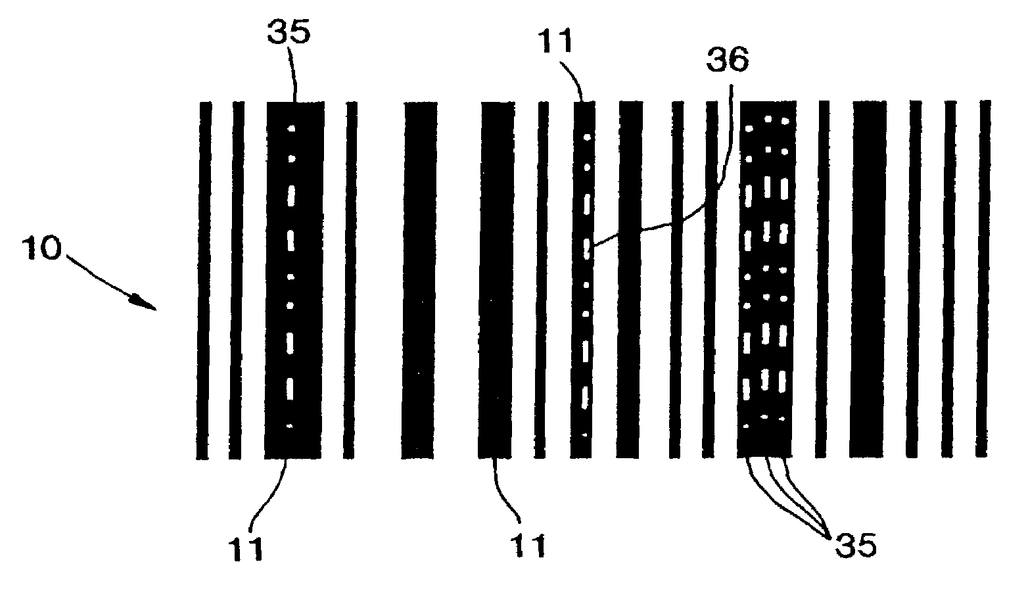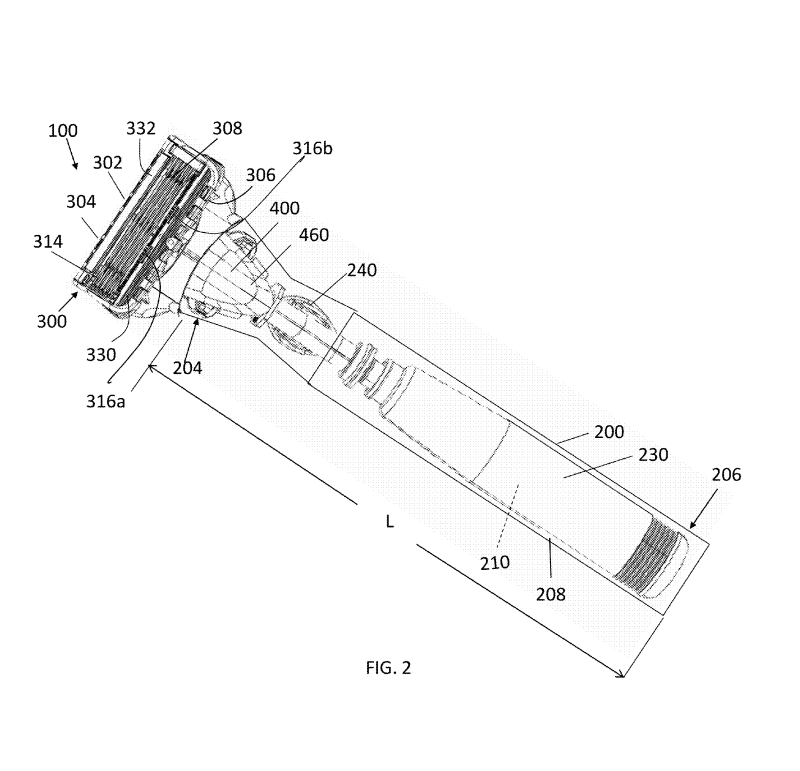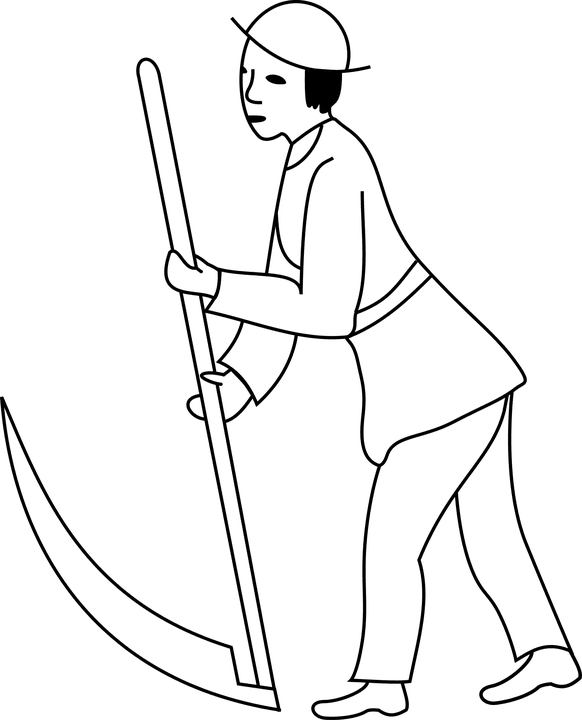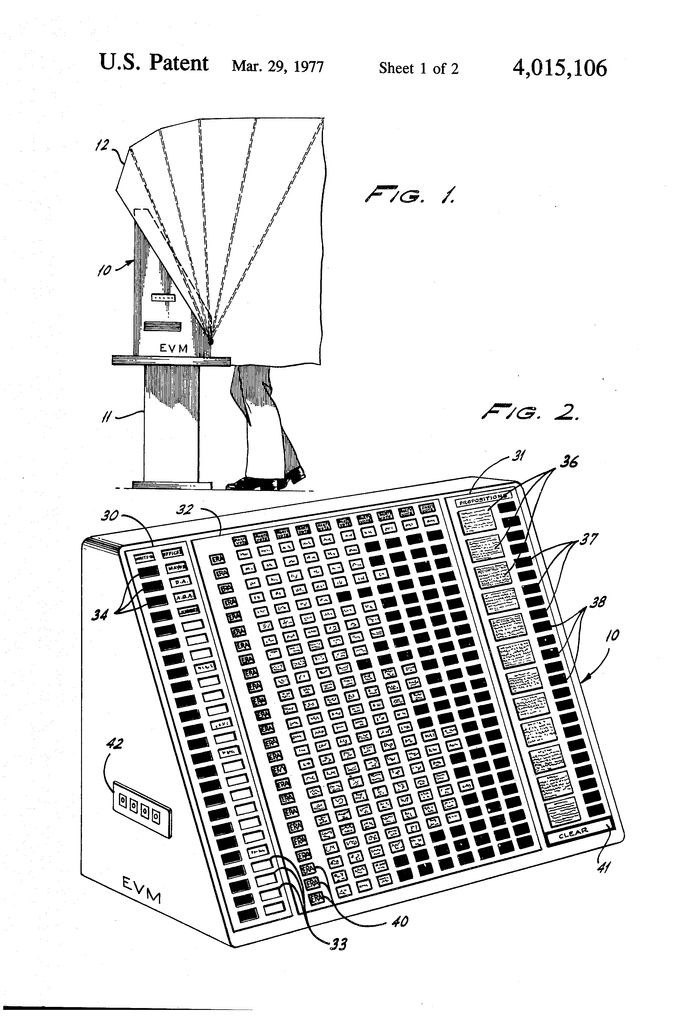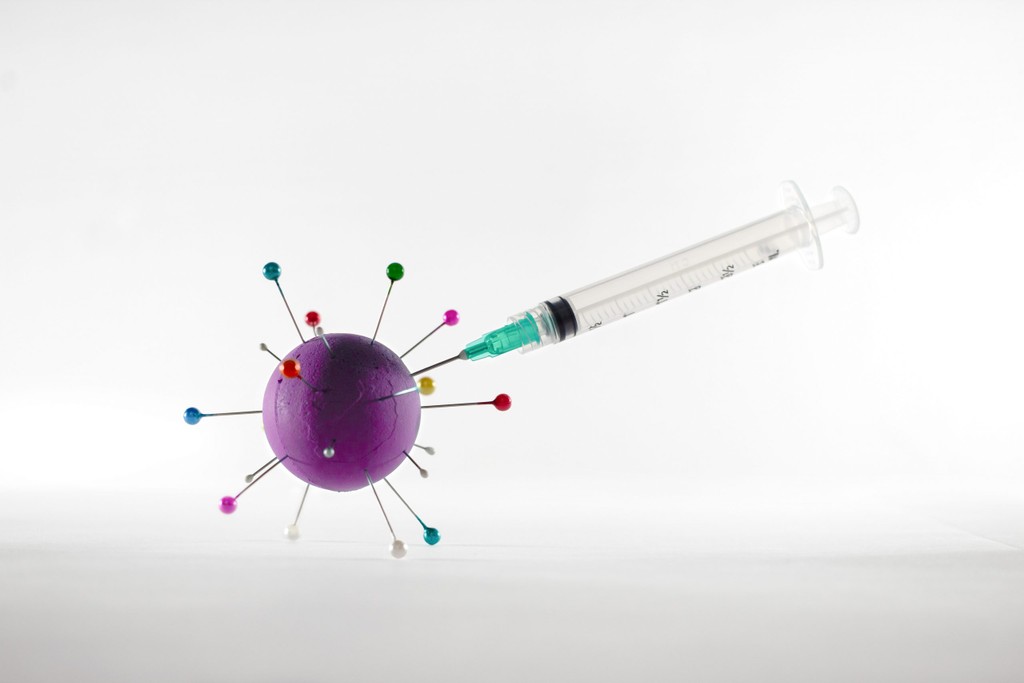Inventors and Patents From the City of Boston
Boston is the capital of Massachusetts and seat of Suffolk County in the northeastern United States. It is located on Massachusetts Bay which is an arm of Atlantic Ocean.Inventors and patents from Boston continue to generate a diverse and rich tradition of invention.
The Boston area is home to many technical minds that evolved from tinkerers and academic research groups to multi-million dollar conglomerates. Some of the city’s most notable inventors include Jan Matzeliger, who in 1883 patented a machine that revolutionized the shoe industry.
Inventions and Patents from Boston
Bar-code labels
Jerome H. Lemelson is a well-known inventor of bar-code labels. In fact, he co-invented the bar code along with Norman Joseph Woodland. However, his obituaries often do not mention Lemelson. The man was able to make more than $500 million from suing companies over the use of bar codes and the development of the Hot Wheels track. Despite the fact that Lemelson is considered a co-inventor, he was the only one to make money from the patents.
Image credit: Google Patents
Symbol and Cognex, two companies that design machine vision products, have filed a patent infringement lawsuit against Lemelson. In 1998, Lemelson started to send letters to its customers claiming that their products infringed on their patents. In response, both companies filed legal actions against Lemelson, seeking to void the patents and get a declaration that Lemelson invented bar-code labels.
While the invention of the barcode may seem like a one-time event, the history is far more complex. Many groups have claimed the invention of the barcode, as more than one group was responsible for the development of this technology. Barcode technology was already widely used in several industries by the mid-1950s, but it wasn’t until the widespread use of lasers that the system could be commercially viable.
Gillette razor
Gillette Safety Razor Co. was a practical, clean-cut company that eventually became one Boston’s most recognizable companies. It also created the first razor and is a part of many people’s daily grooming routines. In 2005 Gillette was acquired by Cincinnati-based Procter & Gamble. Today, Gillette is among a number of similar brands such as Charmin, Tide, Crest. Gillette continues to live locally, with its name on Foxborough’s Patriots stadium and its World Shaving Headquarters building, which is a landmark for many commuters.
Image credit: Google Patents
Cast Bell
Technology to cast bells of good tone quality was not available in the US so bells were imported from England. Paul Revere, a veteran bell caster, cast the first bell in Boston in 1792. Revere cast 398 bells in North Boston Foundry, and many of these bells can still be seen in Boston today.The bell that King’s Chapel used in Boston weighed 2437 pounds . It is still in use today. The Revere Foundry also produced a bell for the USS Constitution, but it was destroyed in the War of 1812 with HMS Guerriere, the British man of war.
Paul Revere’s achievements include the production of the first rolled copper sheets for the US, the production of the Boston first cast bell, and the supply of major copper to the US Navy fleet, which included nails bolts spikes and sheathing.
Sawmill and machines to make scythes
Jenks, a skilled iron worker, emigrated to America 1642 to establish the first American iron works in Saugus. He was granted the first patent for America in 1646 for creating a new type sawmill and machines to make scythes. He probably cut the dies that were used to make the first coins in Boston (1652). Jenks was granted permission by the Boston selectmen to construct what would have been America’s first fire engine (1654). However, it is not known if Jenks ever built an engine or whether they did. The scythe that he created in 1655 has remained virtually unchanged up to today.
Image credit: Pixabay
Telephone
Although debate surrounds the origin of the telephone, Alexander Graham Bell was granted the patent while he was in Boston. Others argue that credit should be given to Elisha Gray, who was competing with Bell for the patent.
Microwave
Although Percy Spencer did not receive formal education beyond fifth grade he invented the microwave. He learned engineering and physics while serving in the Navy, and eventually got a job at Raytheon in 1920s. When Spencer discovered that the chocolate bar in his pocket was melting, he accidentally created the microwave.
Electric voting machine
Although he is most famous for inventing light bulbs, Thomas Edison was also the inventor of the electric voting machine. This patent was originally intended to be used only by Congress. Although the device did not gain much traction initially, it would become the main means of voting in the presidential election.
Image credit: Google Patents
Tupperware
Earl Tupper, the inventor of Tupperware was born in 1907. He was born in central Massachusetts, the birthplace of plastics. A compulsive tinkerer, he invented a fish-powered boat and many other inventions. After failing with his previous ventures, he got a job at a Leominster-based plastics factory. He then started his own business in 1938. He created the “wonderbowl” after much trial and error. It had an airtight, “burping”, seal. Tupperware sales did not pick up until Brownie Wise, a woman from Massachusetts, convinced him that Tupperware should only be sold at home parties. The quality of the product, and Brownie Wise’s success in mobilizing a “Tupperware Ladies” sales force, helped to create a global company.
Marshmallow Fluff
Fluffernutter is a New England classic and the highest level of American culinary excellence. It contains this deliciously sweet marshmallow spread, which was invented in Somerville. Archibald Query, a man whose name is nearly as charming as his product, first created it and sold it door-to-door.
Roomba
A new step in convenience has been made for our homes. iRobot invented the “Roomba“, which is based in Bedford. The robot vacuum was first created in 2002. It has advanced a lot since the prototype “Scamp”.
It has a tiny microcontroller. The Roomba’s Wi-Fi connectivity means that you can now tell it when and what days to clean.
IdeaPaint
You can paint whiteboards on any surface with IdeaPaint. This means that you don’t have to go to Staples, Bed, Bath and Beyond every time you decorate a classroom or a child’s bedroom. The idea was created by Babson graduates Goscha and Avallon when they couldn’t afford whiteboards in school.
Inventors
Robert Rines
Rines was a trailblazer in invention, education, law, and public policy. He was born in Boston in 1922 and earned a bachelor’s degree in physics from MIT, shortly before the United States entered World War II. While in the Signal Corps, Rines became interested in microwave technology and went on to help develop radar systems. His work is still used today, underpinning the early warning systems of aircraft.
Robert Rines is the inventors of the sonogram and high-definition radar. Rines, a patent attorney, founded Franklin Pierce Law Center. He also spent a lot of time chasing down the Loch Ness Monster, which is the mission for which he is best known. He was a strong supporter of inventors as well as a champion of inventors’ rights. Rines died in 2009.
At one of these conferences, Rines met Bill Hayes, a keynote speaker. They married the next year and became the most influential tag team in the independent inventor community. The pair also bought Inventors’ Digest magazine and began crusading for independent inventors’ rights. They spoke at conventions and gave press interviews on the importance of patent reform and became the face of independent inventor rights.
Cotton Mather
Cotton Mather was a promoter of the experimental science in America. He conducted original research on plant hybridization and the use of vaccination to prevent smallpox contagion. He sent many reports to the Royal Society of London on scientific matters.Mather’s promotion of inoculation against smallpox, which he had learned about from an African named Onesimus whom Mather held as a slave, caused violent controversy in Boston during the outbreak of 1721. As a young Bostonian,Benjamin Franklin had opposed Mather’s old Puritan order and was involved in the anti-inoculation campaign.
Image credit: UnspashLatimer’s contemporaries
Many of Lewis Latimer’s contemporaries were from the City of Boston, a city that was an active hub of technological innovation and commercial activity during the Civil War. Young, intelligent, energetic men were returning from the war, and the city was a magnet for these men, who climbed the corporate ladder, rising from office boy to chief patent draftsman. This history of innovation in Boston is a fascinating one.
During the 1860s, the black community in Boston mobilized in support of Latimer’s case. His father, a renowned abolitionist, had forced Latimer to leave the family for the safety of their son. At this time, more than one fifth of Boston’s black population was from the slave states, and immigrants from the South were particularly active.
Latimer’s parents had fled a Virginia plantation six years before he was born. After Latimer was freed, his father, a light-skinned man, posed as the master of Rebecca Latimer. The Virginia plantation owner soon learned of Latimer’s whereabouts. After a series of failed attempts to track him down, the abolitionists hid Rebecca Latimer. After the abolitionists had gathered enough money, Latimer’s freedom was purchased. As a result, he continued to work for the abolitionist movement.
Chauncey Smith
Chauncey Smith’s historical work examines the relationship between inventors and the patent system. Smith was born in New York City and obtained his B.S. from the City College of New York. He subsequently earned his M.S. from the University of Michigan. Smith joined 3M in 1951 and retired in 1992 as a corporate scientist. Smith held 30 U.S. patents and received the American Chemical Society’s Creative Invention Award in 1988.
After several years of calling four successive patent commissioners, Smith managed to obtain an appropriation of $300. With this appropriation, Smith was able to have four Patent Office clerks compile a list of women inventors. The list includes the name of the inventor, address, patent title, and issue date. In addition to identifying women inventors, Smith also published an index of their patents.
https://www.ycombinator.com/documents/
https://techcrunch.com/
https://www.uspto.gov/learning-and-resources/startup-resources
https://www.sba.gov/business-guide/plan-your-business/fund-your-business
https://hbr.org/1998/11/how-venture-capital-works
http://patentpc.com/
http://uspto.gov/
Inventors and Patents From the City of Phoenix
How Much Should I Ask For Seed Funding
Inventors and Patents From the City of San Bernardino
Free Patent Filing Assistance In Fort Wayne
Sbdc Incubator Accelerator For Startup Founder In Hawaii
